We may earn money or products from the companies mentioned in this post. This means if you click on the link and purchase the item, I will receive a small commission at no extra cost to you ... you're just helping re-supply our family's travel fund.
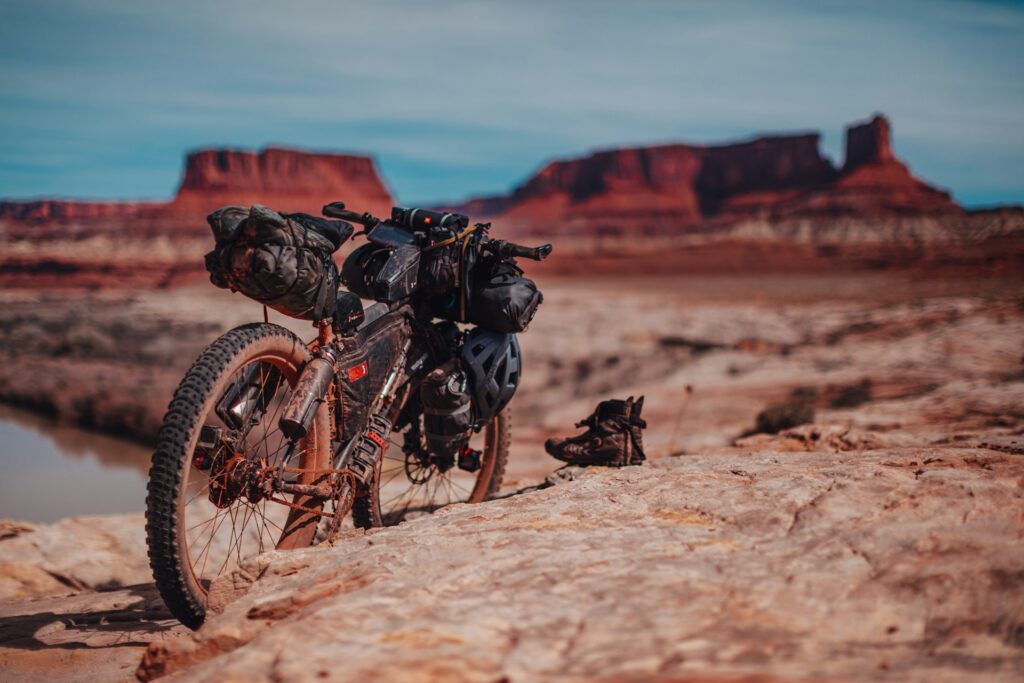
Adventure motorcycling blends freedom with challenge, inviting riders to explore roads less traveled. But it’s not just about the bike—it’s mastering skills, mindset, and preparation. Newcomers often stumble over avoidable errors that can turn an exhilarating journey into a stressful or even dangerous experience. Recognizing these common pitfalls early can transform your adventure rides into safer, more rewarding quests.
Underestimating Terrain Challenges

Adventure riding means more than paved highways; it includes gravel, mud, sand, and rocky trails. Many new riders underestimate how drastically these surfaces affect traction and control. Unlike street bikes, adventure motorcycles require a more delicate throttle, balanced body positioning, and sometimes even different tire pressures. Failing to adapt to changing terrains often leads to loss of control or falls. Learning off-road basics and practicing on diverse surfaces before long trips is essential.
Skipping Proper Gear Investment
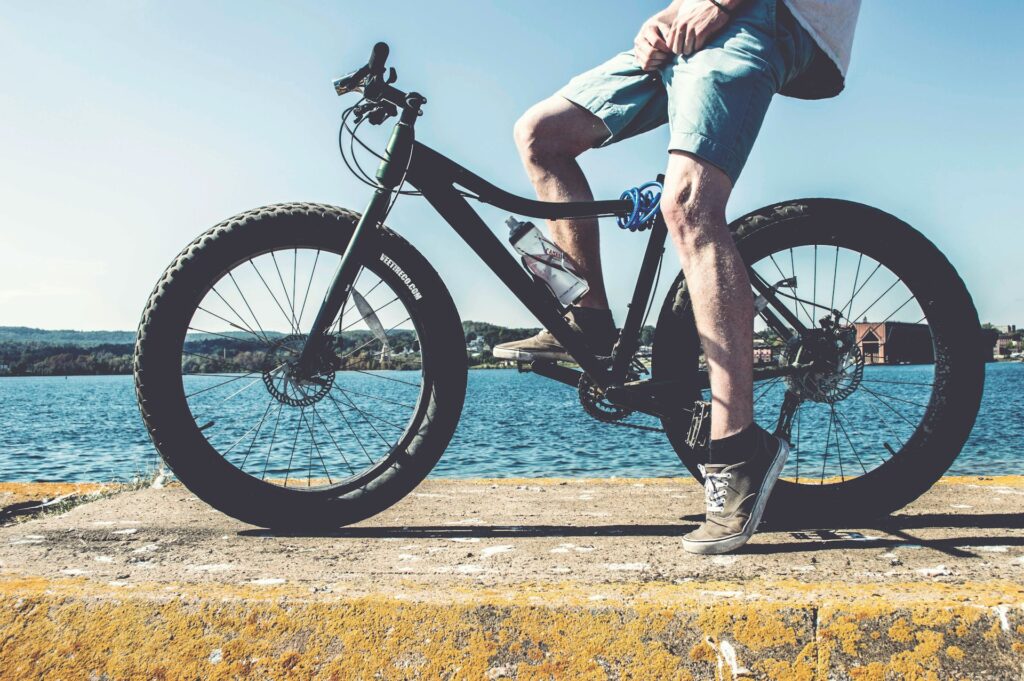
Rookie riders frequently skimp on essential protective gear, thinking comfort or style outweighs safety. But quality helmets, armored jackets, gloves, and boots designed specifically for adventure riding can mean the difference between minor scrapes and serious injury. Gear that breathes well, adapts to varying climates, and offers waterproof protection also ensures longer, more comfortable rides. Compromising on gear not only risks safety but also diminishes the enjoyment of unpredictable conditions.
Overpacking and Poor Luggage Setup

Adventure riders often fall into the trap of packing everything “just in case,” leading to overloaded bikes that affect handling and fuel efficiency. Heavy or unbalanced luggage increases fatigue and makes maneuvering tricky on technical trails. Efficient packing means prioritizing essentials, using modular luggage systems, and securing loads tightly. Distributing weight low and centered keeps the bike stable, and packing light enough to allow quick adjustments on the fly is a skill worth mastering.
Neglecting Physical Conditioning

Riding an adventure motorcycle is physically demanding. Balancing a heavy bike on rough terrain, handling long hours in the saddle, and reacting quickly all require stamina and strength. New riders often underestimate the importance of fitness. Poor conditioning can lead to fatigue, slower reflexes, and greater injury risk. Incorporating regular cardiovascular, core, and flexibility training improves endurance and control, making rides safer and more enjoyable.
Ignoring Maintenance Basics
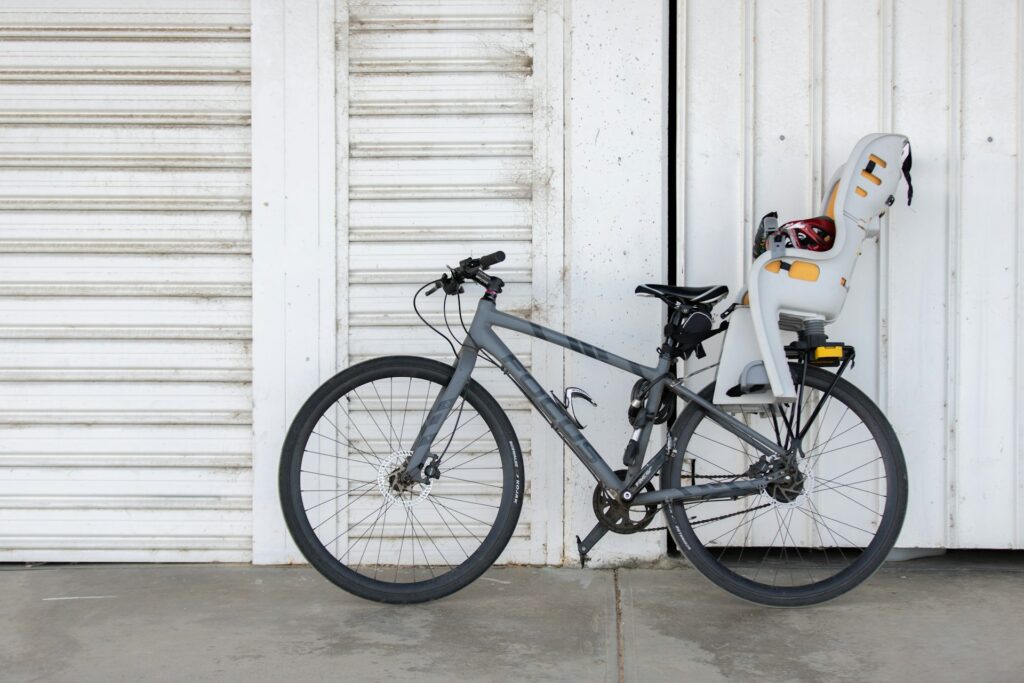
Adventure riding can be tough on machines, especially on remote trails far from repair shops. New riders sometimes neglect routine maintenance, not realizing that tire pressure, chain tension, brake function, and fluid levels critically affect safety. Carrying basic tools and knowing simple roadside repairs—like fixing a flat tire or adjusting brakes—can save a trip. Regular inspections before and during rides prevent mechanical failures that could strand riders in remote locations.
Rushing Skill Development
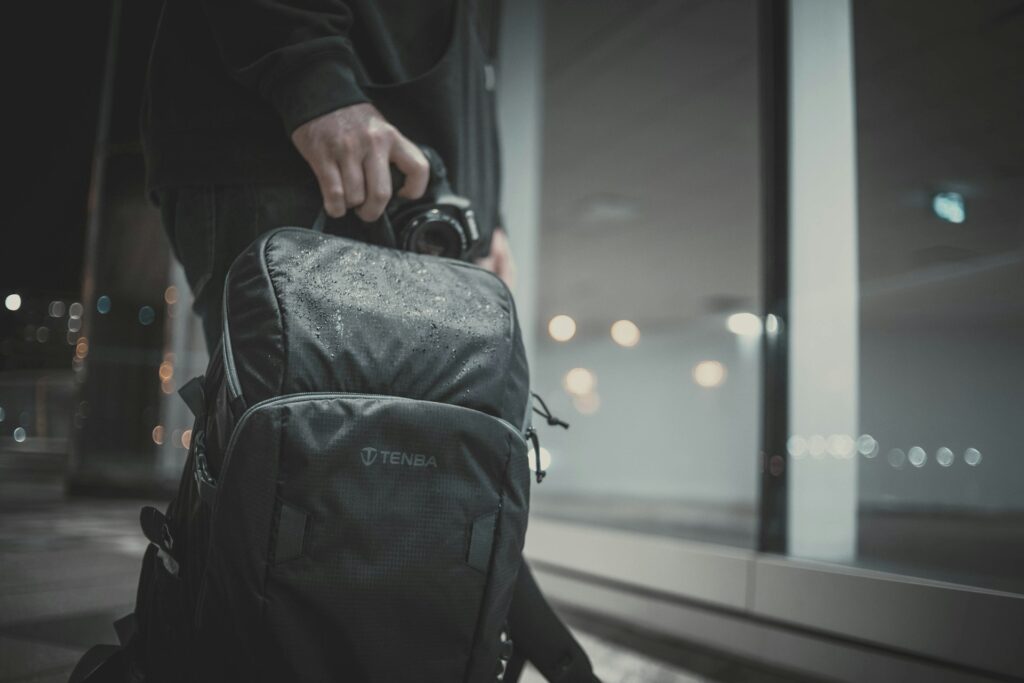
Many beginners leap into challenging routes before mastering fundamental riding skills. Adventure motorcycling demands precise throttle control, clutch use, and body positioning, particularly off-road. Skipping progressive learning and practice leads to mistakes, loss of confidence, and accidents. Starting on easy trails, taking advanced riding courses, and gradually increasing difficulty build competence. Patience in skill development is crucial for safety and long-term enjoyment.
Overconfidence and Pushing Limits Too Fast

The thrill of adventure can tempt new riders to push beyond their skill or comfort zones too quickly. This overconfidence often results in risky maneuvers or underestimating hazards like loose gravel, steep descents, or deep water crossings. Recognizing limits and riding within them doesn’t mean playing it safe—it’s about smart risk management. Experience brings confidence, but it should grow alongside caution, not ahead of it.
Failing to Plan for Emergencies
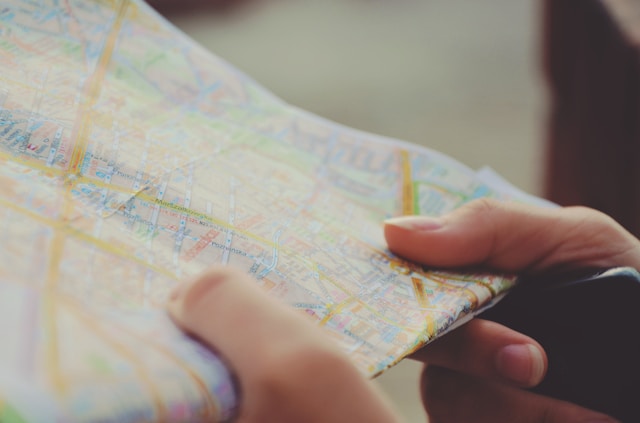
Adventure routes often lead through isolated areas with limited cellphone coverage and emergency services. New riders frequently neglect emergency planning, assuming they’ll be fine or that help is always close. Carrying a first aid kit, emergency communication devices like satellite messengers, and a detailed route plan shared with someone reliable can be lifesaving. Knowing basic first aid and survival skills further prepares riders for unexpected situations.